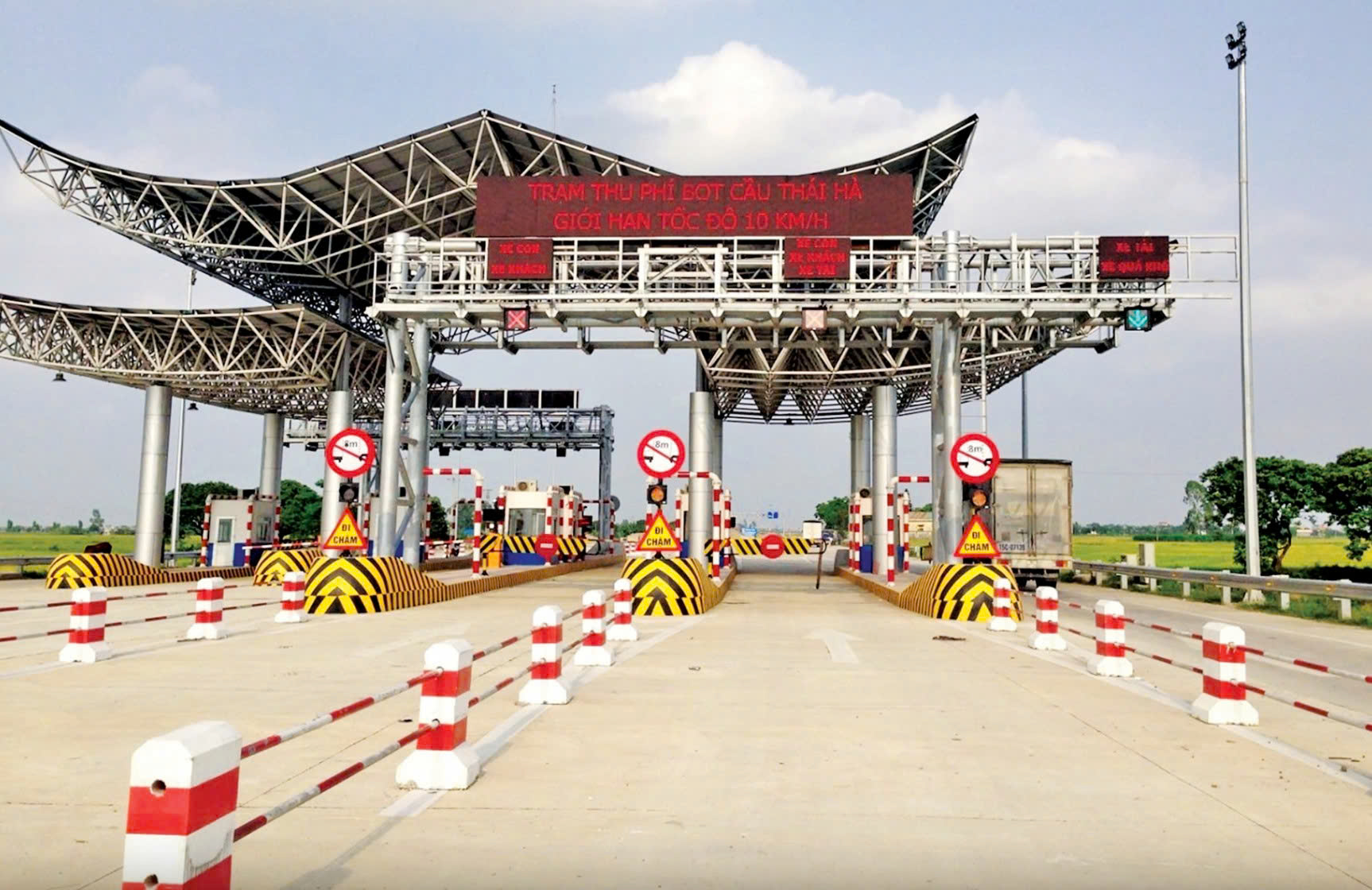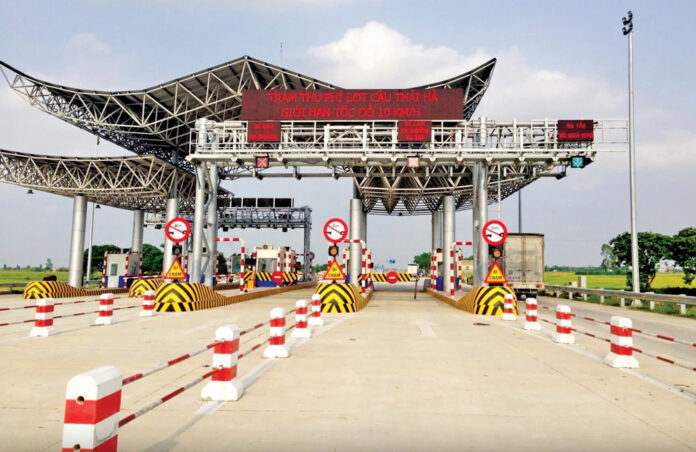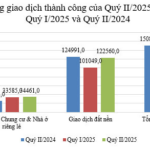The Ministry of Construction has recently sent a dispatch to relevant ministries, sectors, and localities regarding a draft decree detailing the resolution of obstacles faced by transport infrastructure projects invested in through the Public-Private Partnership (PPP) model, specifically Build-Operate-Transfer (BOT) contracts. The decree is expected to be issued by the end of August or early September 2025.
Objective Assessment of Challenges
Out of the 11 struggling BOT transport projects proposed for resolution, eight are under the management of the Ministry of Construction. These include the National Highway 1 bypass in Thanh Hoa city, the Thai Nguyen – Cho Moi (Bac Kan) road construction and National Highway 3 improvement between Km75 and Km100, the Ho Chi Minh Road upgrade between Km1738+148 and Km1763+610, the National Highway 91 improvement between Km14 and Km50+889, the improvement of the Saigon River route from Binh Loi Bridge to Ben Suc Port, the Viet Tri – Ba Vi Bridge project, the Thai Ha Bridge project, and the Deo Ca Tunnel project.
The remaining three projects are managed by local authorities: the Bac Giang – Lang Son Expressway (Lang Son Provincial People’s Committee), the An Hai Bridge (Dak Lak Provincial People’s Committee), and the improvement of National Highway 39B and the Thanh Ne Town bypass (Hung Yen Provincial People’s Committee).
According to Minister of Construction Tran Hong Minh, before 2020 – when the Law on PPP Investment was issued – Vietnam had attracted approximately VND 318,857 billion in investment for 140 transport projects through the BOT model. These projects have been operational and effective in achieving their objectives. However, the legal framework for BOT investments prior to 2020 had certain limitations, and adjustments had to be made during the implementation process to align with practical needs, resulting in challenges for some projects.
Local authorities, such as Mr. Hoang Van Nghiem, Secretary of the Provincial Party Committee and Head of the National Assembly Delegation of Lang Son Province, acknowledged the significant contributions of transport projects to the country’s development. However, he also highlighted the existence of objective reasons that have caused difficulties for investors, which need to be addressed. One such example is the Bac Giang – Lang Son Expressway project, managed by the Lang Son Provincial People’s Committee.

The Thai Ha Bridge project is one of the 11 struggling BOT transport projects proposed for resolution.
Proposed Solutions: A Tailored Approach
The Ministry of Construction, in collaboration with local authorities, has conducted a comprehensive assessment of the challenges faced by these BOT transport projects. This evaluation led to the identification of 11 projects with immediate concerns and several others with potential issues.
Two groups of solutions have been proposed: for five projects, the state will share the burden to continue the contracts, and for the remaining six projects, compensation will be provided, and the contracts will be terminated ahead of schedule.
Mr. Le Minh Nghia, Director of Phu Ha BOT JSC (the Viet Tri – Ba Vi Bridge project, which falls under the revenue-sharing group), expressed his appreciation for the proposed solutions outlined in the draft decree, particularly the priority given to debt repayment calculations. He hopes that the issuance of the decree will be followed by smooth and swift implementation, reflecting a collective effort to resolve these challenges as soon as possible to minimize further losses.
Mr. Tran Chung, Chairman of the Vietnam Road Investors Association (VARSI), emphasized the urgency of resolving these 11 struggling BOT road projects. He pointed out that some projects have effectively reached a standstill due to objective reasons beyond the investors’ control. Mr. Chung stressed that conclusively addressing these challenges will boost investor confidence in future projects.
State’s Share Capped at 75%
According to the draft decree under consultation by the Ministry of Construction, the state’s share of revenue reduction will not exceed 75% of the average ratio between the reduced revenue and the financial plan’s revenue over the past three years. The reduced revenue is calculated by subtracting the actual revenue from the revenue in the financial plan.
“EVFTA: A Half-Decade Trade Triumph for Vietnam and the EU, with Nearly $300 Billion in Commerce”
After 5 years in effect, the EVFTA has facilitated trade between Vietnam and the EU, totaling nearly $300 billion. This has elevated Vietnam’s standing in ASEAN and on the global stage. The agreement has also driven institutional reforms, promoted the adoption of international standards, and fostered stronger business connections.
“Ho Chi Minh City: Upholding the Spirit of ‘Leading the Way in 5 Areas’”
Prime Minister Pham Minh Chinh has urged Ho Chi Minh City to uphold the spirit of “5 pioneering initiatives” in innovation, high-quality human resources, and social welfare.













































